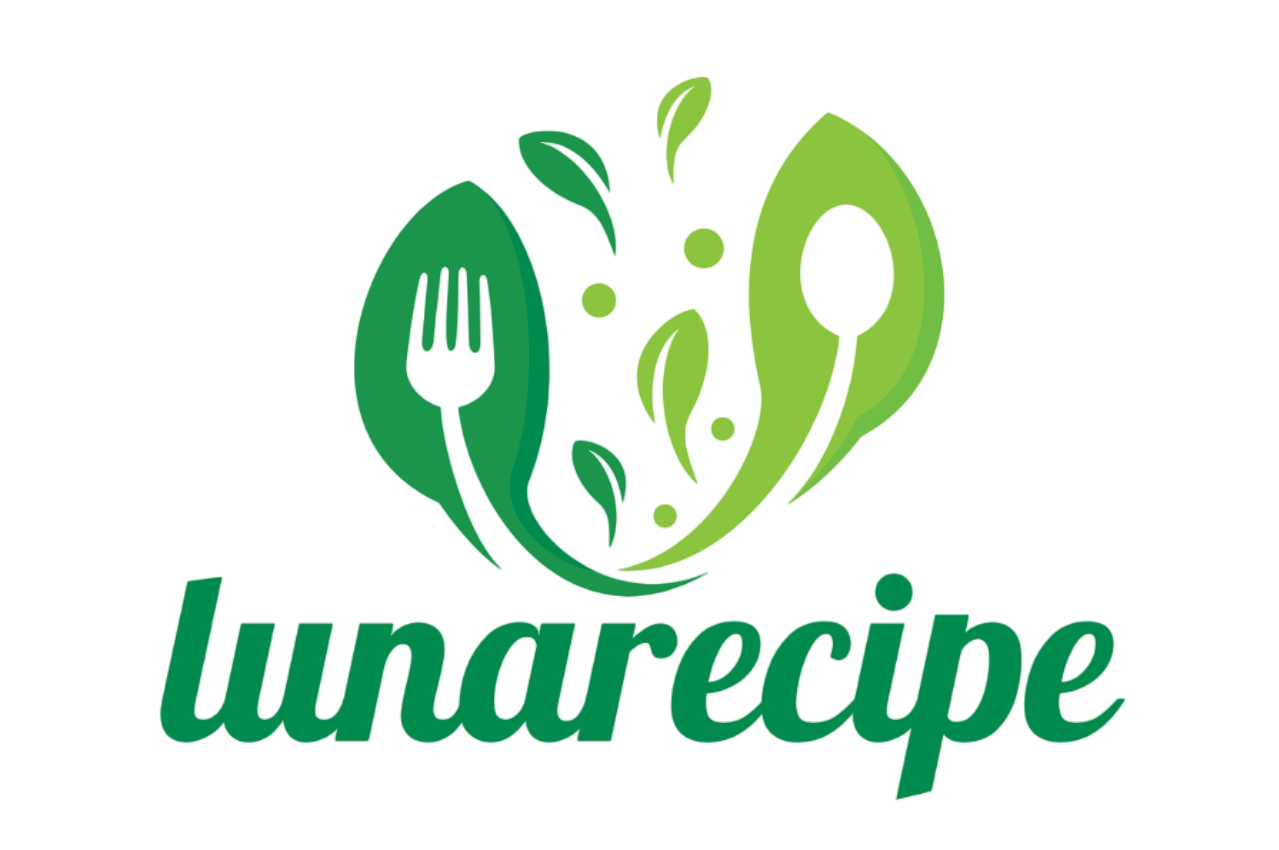The beauty of Korean Potato Salad lies in its fusion of familiar comfort and surprising freshness. Unlike traditional Western versions, this salad incorporates crispy apple chunks, crisp cucumber, and lightly blanched carrots, all wrapped in a rich, velvety mayonnaise base. The addition of rice vinegar adds a subtle tang that perfectly balances the creaminess of the potato and egg.
This dish works beautifully as a side for Korean BBQ spreads, but it also stands alone as a light lunch or snack. It’s a fantastic make-ahead option that can be served chilled, making it ideal for gatherings, potlucks, or hot summer meals. The creamy texture, crunch of fresh vegetables, and whisper of sweetness from the apple come together to create a side dish that’s as vibrant as it is comforting.
Full Recipe:
-
1 ½ pounds (about 3 medium) russet potatoes, peeled and cubed
-
½ cup carrot, finely diced
-
¼ cup cucumber, thinly sliced
-
¼ small apple, finely diced
-
1 hard-boiled egg, chopped
-
2 tablespoons mayonnaise (Kewpie preferred)
-
1 teaspoon rice vinegar
-
Salt and pepper to taste
Directions:
-
Boil the cubed potatoes in salted water until fork-tender, about 10-12 minutes. Drain and cool slightly.
-
Mash the potatoes lightly in a mixing bowl, leaving some small chunks for texture.
-
Meanwhile, blanch diced carrot in boiling water for 1 minute, then rinse under cold water. Pat dry.
-
Sprinkle a pinch of salt on the sliced cucumber, let sit for 5 minutes, then squeeze out excess moisture.
-
Add carrot, cucumber, apple, and chopped egg to the mashed potatoes.
-
Stir in mayonnaise and vinegar. Season with salt and pepper to taste.
-
Chill in the refrigerator for 20-30 minutes before serving.
Prep Time: 10 minutes | Cooking Time: 12 minutes | Total Time: 40 minutes
Kcal: 190 kcal | Servings: 4 servings
Introduction to Korean Potato Salad
Korean Potato Salad, also known as Gamja Salad, is a uniquely delightful side dish that blends elements of Western-style potato salad with Korean flavor sensibilities. While potatoes are not indigenous to Korea, their incorporation into modern Korean cuisine reflects a creative fusion influenced by Western cuisine and adapted with regional twists. This salad stands out because of its unexpectedly complex texture and balance of sweet, savory, and tangy notes.
Often served as a banchan—a small side dish served alongside main meals in Korean households—this potato salad is both familiar and novel. It’s creamy but light, filling yet refreshing, and it often surprises diners with ingredients like finely chopped apples and cucumbers, which add crunch and a hint of sweetness to the otherwise rich, soft base.
What makes this dish particularly noteworthy is how it exemplifies Korean culinary philosophy: using minimal ingredients, but balancing them with precision to create harmony in flavor, texture, and appearance. It’s not just food; it’s part of the dining culture—something shared at the table, not just consumed.
The Evolution of Potato Salad in Korean Cuisine
Potato dishes began appearing more prominently in Korea during the late 20th century, coinciding with the rapid modernization and globalization of the country. Potato salad was one of the many dishes that underwent transformation, influenced heavily by Japanese poteto sarada and American picnic-style salads.
However, Korean chefs and home cooks have put their stamp on the dish. Unlike its Western counterparts which may feature heavy dressings, pickles, or bacon, Korean Potato Salad tends to emphasize balance and freshness. Korean mayonnaise, especially Kewpie—a Japanese brand popular in Korean kitchens—is used to achieve that signature creamy texture without overwhelming the palate.
The inclusion of ingredients like apples, cucumbers, and carrots not only adds crunch and visual appeal but also showcases a distinct preference for multidimensional mouthfeel. It’s this interplay of soft potatoes and crisp vegetables that creates a memorable eating experience.
Key Characteristics of Korean Potato Salad
Texture Variety: One of the most defining features of Korean Potato Salad is its layered texture. While the potatoes are usually mashed to a soft consistency, they’re often left slightly chunky to provide substance. Chopped apples, carrots, and cucumbers add crispness and contrast that elevate each bite.
Flavors in Balance: Korean cuisine values the harmony of flavors—nothing should be too overpowering. This salad achieves that with a mild sweetness from apple and carrot, creaminess from mayo, subtle acidity from rice vinegar, and a bit of savoriness from boiled egg and potato.
Mild Seasoning: You won’t find heavy seasoning or intense herbs in this dish. A touch of salt and pepper is often all that’s used, allowing the natural flavors of the ingredients to shine. The result is a salad that feels light on the tongue, making it an ideal complement to richer, spicier dishes like bulgogi or fried chicken.
Presentation Matters: In true Korean culinary fashion, this salad is usually presented with care—gently scooped onto plates or molded into aesthetically pleasing shapes. It’s not uncommon to find it garnished with chopped parsley, paprika, or even shaped into a ball or small dome for added visual appeal.
How It’s Traditionally Served
Korean Potato Salad is most often served as part of a banchan spread. These small dishes are meant to be shared and eaten with rice, soup, and a main protein. Because it offers a cool, creamy texture, this potato salad often serves as a contrast to spicy or hot dishes on the table.
In modern Korean households and restaurants, it’s not uncommon to see this salad served alongside fried chicken, grilled meats, or even in lunchboxes (dosirak). It can also be found as part of Western-inspired meal sets in Korean cafes and department store food courts, showing its versatility and broad appeal.
Interestingly, you might also find Korean Potato Salad in sandwiches, particularly in trendy bakeries or fusion cafés. It’s spread between slices of soft milk bread or rolled into wraps with lettuce and ham—a perfect example of Korea’s dynamic food scene where traditional and modern coexist.
The Role of Mayonnaise in the Flavor Profile
One of the standout ingredients in this dish is the mayonnaise used—often Kewpie or a similar style. Kewpie mayo is known for its richer, umami-forward flavor and silkier texture, thanks to the use of egg yolks and rice vinegar in its preparation.
Unlike American-style mayonnaise, which can be thicker and more acidic, Kewpie enhances the salad with a gentle tang and deep creaminess without overwhelming the other ingredients. This is key to what makes Korean Potato Salad feel more delicate on the palate.
For those who cannot access Kewpie mayo, a good workaround is to mix regular mayonnaise with a small amount of rice vinegar and a touch of sugar to mimic the flavor.
Cultural and Social Significance
Korean Potato Salad is a dish deeply tied to hospitality. It’s something often served when guests come over, included in festive meals, and made for family gatherings. Its simplicity is deceiving—it reflects care and attention to balance, which is highly valued in Korean culinary tradition.
The dish also plays a subtle role in Korea’s increasing embrace of global food culture. It’s a perfect example of how Korean cuisine absorbs international influences while preserving its unique identity. You’ll find it just as easily at a family dinner as you would in a high-end café offering curated “Korean fusion” meals.
Its popularity continues to grow, not just domestically but internationally, as more people become curious about Korean food beyond kimchi and barbecue.
Tips for Customization
Though the traditional version is beloved for good reason, Korean Potato Salad lends itself well to customization:
-
Protein Boost: Add cubed ham, tofu, or shredded chicken to make it more filling.
-
Vegetarian or Vegan Options: Swap out the egg and use vegan mayo to create a plant-based version.
-
Spice It Up: Add a pinch of Korean chili flakes (gochugaru) or a small spoon of mustard for a hint of heat.
-
Texture Changes: Roasted corn kernels or pickled radish can be added for a sweet-savory twist.
This adaptability makes it a favorite for modern cooks who want to personalize recipes while keeping the core concept intact.
Advertisement
Health Considerations
While potato salad is often considered a heavy or indulgent dish, the Korean version is lighter and can be made even more health-conscious with a few tweaks:
-
Use Greek yogurt in place of some or all of the mayonnaise for extra protein and less fat.
-
Add more raw vegetables like bell peppers or cabbage for fiber and crunch.
-
Use sweet potatoes instead of white potatoes for a different glycemic profile and added nutrients.
In this way, Korean Potato Salad can serve as a nutritious, satisfying side that complements a wide variety of meals.
Conclusion
Korean Potato Salad is a humble yet elegant dish that beautifully embodies the balance, simplicity, and creativity of Korean cuisine. Its creamy texture, subtle sweetness, and refreshing crunch make it a standout side dish whether you’re serving a traditional Korean spread, packing a lunchbox, or simply looking for a new take on a classic comfort food.
This salad tells a quiet story of culinary adaptation and cultural fusion. It’s familiar enough to appeal to Western palates yet distinct in its Korean flair, making it a wonderful entry point for those new to Korean cooking. Easy to prepare and endlessly customizable, Korean Potato Salad is a dish that deserves a spot not only on your table but in your kitchen repertoire.






